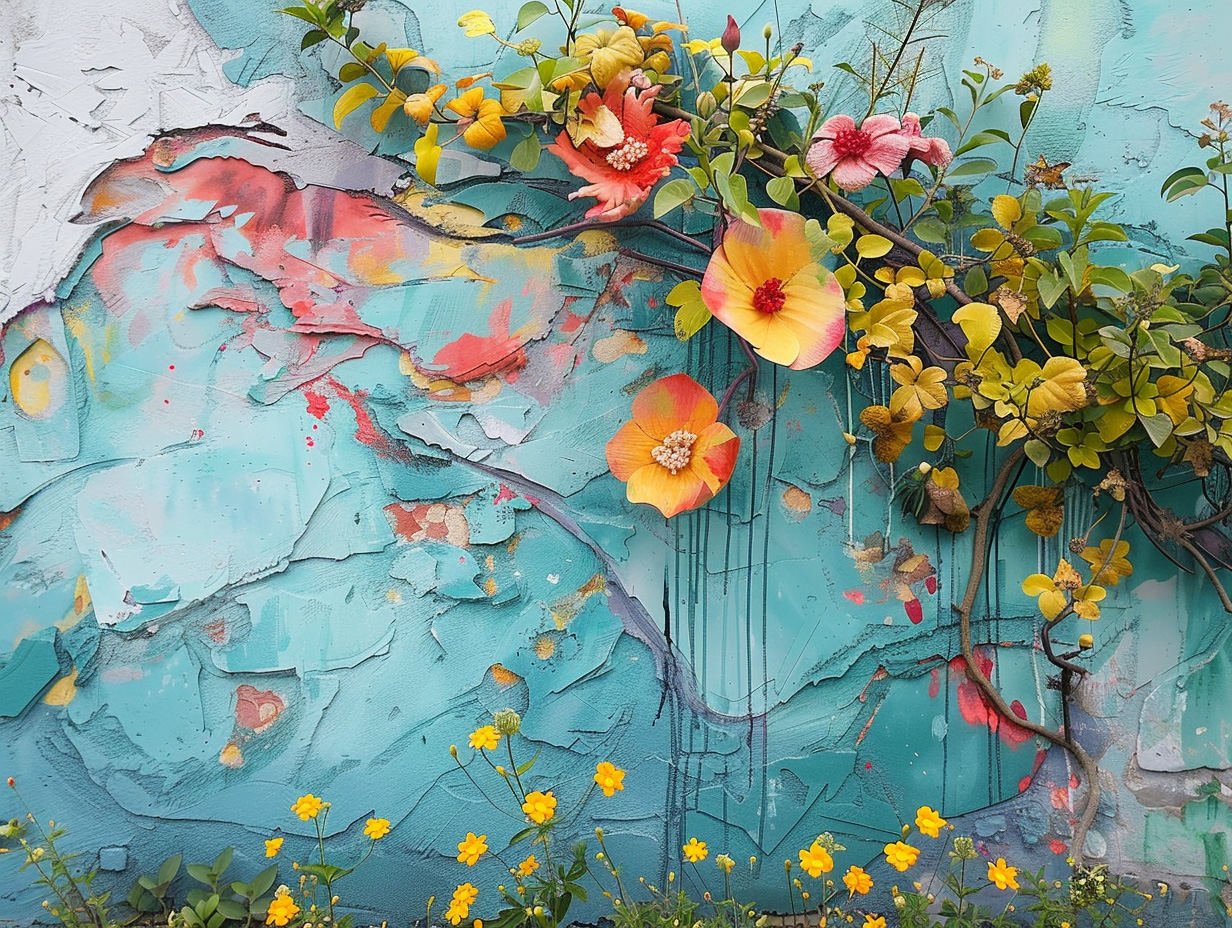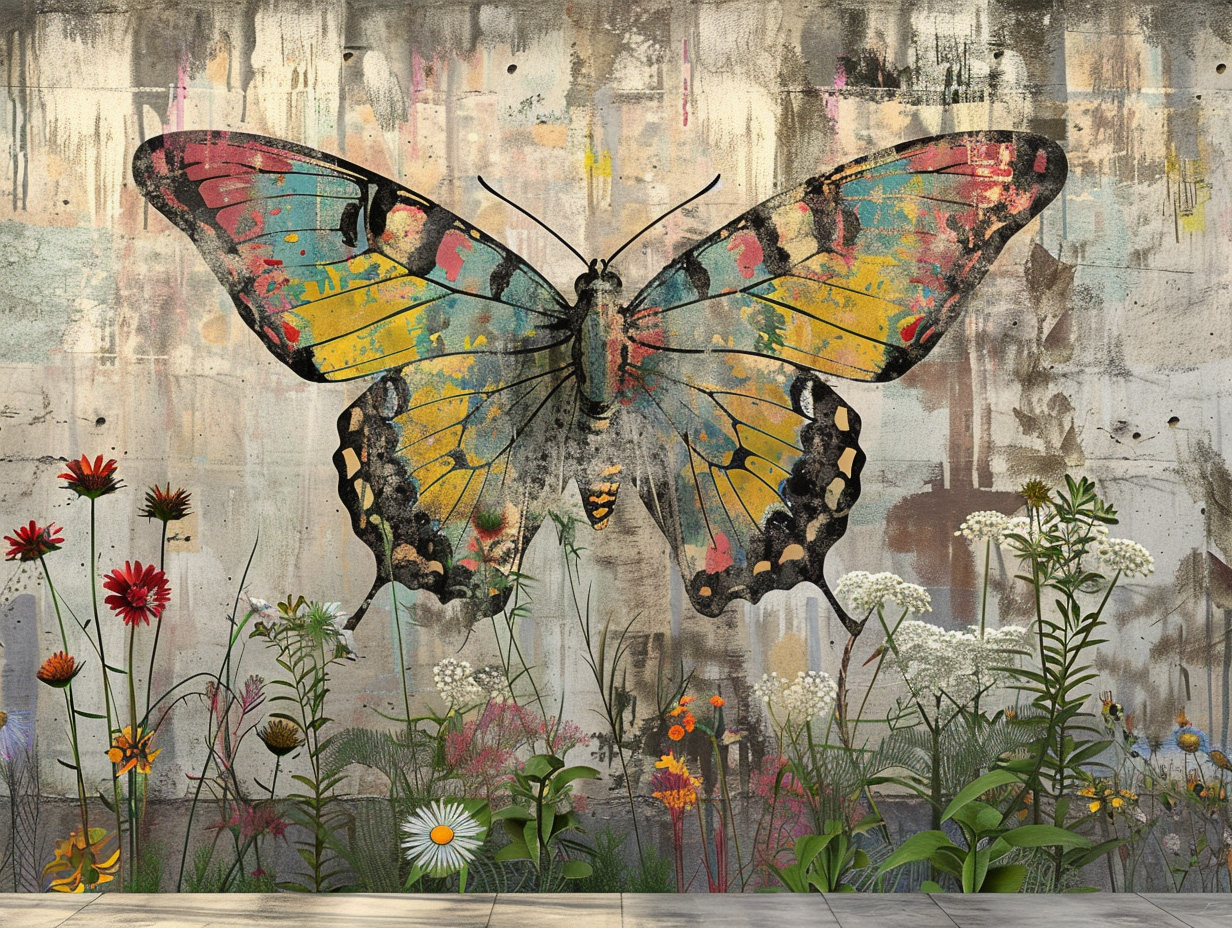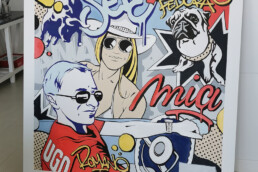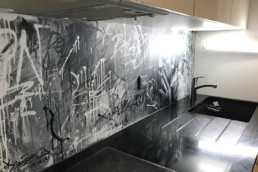As Dubai embraces eco-friendly initiatives and green practices, the marriage of graffiti art with environmental design principles presents a captivating fusion that challenges conventions and redefines urban aesthetics. Imagine vibrant murals adorning the walls of commercial spaces, not just as a feast for the eyes but as a powerful statement of art sustainability and conscious living. Graffiti art, often associated with rebellious undertones and urban subculture, now emerges as a potent force for change in the realm of sustainable design Dubai. With its bold strokes and vivid colors, graffiti art has the power to transform bland structures into dynamic works of art that speak to the heart of environmental consciousness. This unexpected synergy between the underground art form and the city’s push towards sustainability not only beautifies spaces but also sparks dialogue on the intersection of creativity, innovation, and responsible living. Let’s delve deeper into how graffiti art can become a catalyst for eco-friendly transformations in the architectural landscape of Dubai, shaping a future where art and sustainability walk hand in hand towards a greener tomorrow.
 Transforming Urban Spaces: Integrating Graffiti Art in Sustainable Design
Transforming Urban Spaces: Integrating Graffiti Art in Sustainable Design
Graffiti art has long been associated with urban landscapes, often seen as a form of rebellion or vandalism. However, in recent years, there has been a shift in perception as graffiti art is being recognized for its potential to transform urban spaces and contribute to sustainable design practices. In Dubai, a city known for its architectural marvels and commitment to sustainability, the integration of graffiti art into sustainable design presents an exciting opportunity to create visually stunning and environmentally conscious spaces.
By incorporating graffiti art into sustainable design projects, architects and designers can breathe new life into urban areas while promoting eco-friendly practices. The vibrant colors and bold strokes of graffiti murals can turn dull walls into captivating works of art that engage the community and inspire environmental consciousness. These eye-catching pieces not only beautify the city but also serve as a powerful reminder of the importance of sustainability.
One innovative technique that is gaining traction in Dubai is the use of eco-friendly materials in graffiti art. Artists are now exploring sustainable alternatives such as water-based paints and organic pigments that have minimal impact on the environment. By embracing these eco-friendly materials, graffiti artists are able to create stunning artworks without compromising on their commitment to sustainability.
Innovative Techniques: Eco-Friendly Materials and Practices in Graffiti Art
The use of eco-friendly materials is just one aspect of how graffiti art can contribute to sustainable design in Dubai. Artists are also adopting environmentally friendly practices throughout their creative process. For example, many artists now prioritize recycling and upcycling materials whenever possible. They repurpose old paint cans or use discarded objects as canvases, reducing waste and giving new life to forgotten items.
In addition to using eco-friendly materials, artists are also exploring techniques that minimize their carbon footprint. This includes using low-energy LED lights for nighttime installations and incorporating solar-powered elements into their artwork. By embracing these innovative techniques, graffiti artists are not only creating visually stunning pieces but also leading the way in sustainable art practices.
Cultivating Green Urban Oases: Transforming Spaces Through Artistic Expression
One of the most exciting aspects of integrating graffiti art into sustainable design is the potential to transform urban spaces into green oases. By incorporating nature-inspired elements into their artwork, graffiti artists can bring a sense of tranquility and harmony to bustling cityscapes.
For example, artists may incorporate motifs of plants, animals, or natural landscapes into their murals, creating a visual connection between the urban environment and the natural world. This not only enhances the aesthetic appeal of the space but also serves as a reminder of the importance of preserving and protecting our natural resources.
Amplifying Sustainability Messages Through Urban Canvases
Graffiti art has always been a powerful medium for conveying messages and sparking conversations. When combined with sustainable design principles, it becomes an even more potent tool for amplifying sustainability messages.
Artists can use their murals to raise awareness about pressing environmental issues or promote specific eco-friendly initiatives in Dubai. For example, they may create artworks that highlight the importance of recycling or encourage water conservation. By strategically placing these artworks in public spaces, such as parks or shopping centers, artists can reach a wide audience and inspire positive change.
Integrating Nature-Inspired Graffiti in Architectural Designs
Incorporating nature-inspired graffiti art directly into architectural designs is another innovative way to merge sustainability with artistic expression. Architects can collaborate with graffiti artists to create unique facades that seamlessly blend with their surroundings while making a bold statement about environmental consciousness.
For instance, a building’s exterior could feature a large-scale mural depicting local flora and fauna, celebrating the region’s biodiversity. This not only adds visual interest to the structure but also serves as a reminder of the need to protect and preserve the natural environment.
Commissioning Eco-Friendly Graffiti Artists for Public Art Initiatives
As Dubai continues to prioritize sustainability and invest in public art initiatives, commissioning eco-friendly graffiti artists can be a game-changer. By supporting these artists and providing them with opportunities to showcase their talent, the city can foster a vibrant art scene that aligns with its commitment to sustainable development.
Public art installations created by eco-friendly graffiti artists can serve as landmarks that attract both locals and tourists. These artworks not only enhance the visual appeal of public spaces but also promote environmental awareness and encourage responsible living.
In conclusion, graffiti art has the potential to contribute significantly to sustainable design in Dubai. By integrating graffiti art into architectural projects, using eco-friendly materials and practices, cultivating green urban oases, amplifying sustainability messages through urban canvases, integrating nature-inspired graffiti in architectural designs, and commissioning eco-friendly graffiti artists for public art initiatives, Dubai can create a unique urban landscape that is both visually stunning and environmentally conscious. Through this fusion of creativity and sustainability, Dubai can lead the way in redefining urban aesthetics while promoting a greener tomorrow.
Related Posts
4 novembre 2023
The Impact of Graffiti Art in Dubai’s Business Environment
Discover how graffiti art is…



